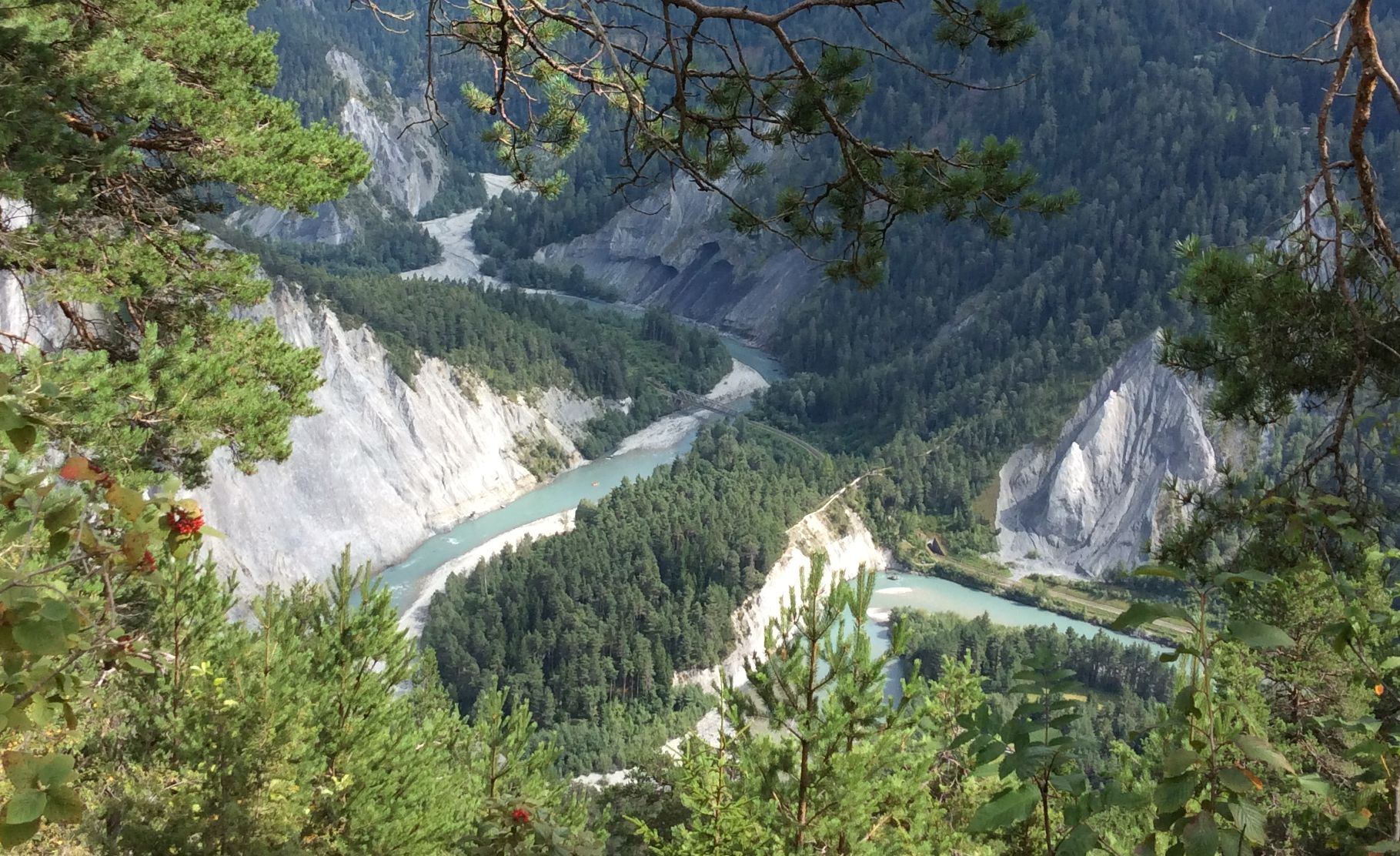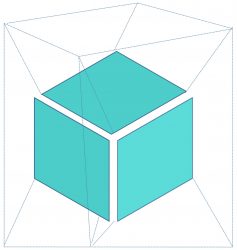The term „Zerreissprobe“ has been chosen by the curator team of the Neue Nationalgalerie In Berlin for the Retrospective of „Art between politics and society“ in the years 1945-2000. In this time period after the 2nd World War until the other „fin du siècle“ the politics of creating a new world order, the cold war and the liberalization of societies had profound impacts on art as well. The positioning of art in the dynamic context and conflicts of these decades is quite well reflected in the title of the exhibition. The English title „extreme tension“ suggests somehow that these years were rather extreme compared to ?, probably today? Although on the territory of Ukraine we witness a hot war rather than a cold war initiated by Putin‘s Russian imperial illusions. The cited work of Günter Brus „Zerreissprobe“ is translated as „stress test“. And maybe, this translation characterizes the post war period even better as these years are a forerunner of what happened after 2000. We continue to be put to tests in politics and societal developments. Accomplishments from the last century are put to crude tests again. Solidarity of people and nations are under pressure to demonstrate their reliability under extreme tension or stress. Art throughout the 5 decades of the last century was a precursor of stress tests for politicians and challenged society in its basic understandings. The comments on the notice board next to the exhibition show the themes of tension in the 2020s. Tensions in families and partnerships, often more extreme around christmas trees, have taken center stage for younger visitors of the exhibition. Sociological research has observed such trends and coined this societal phenomenon „individualization“. Art embedded in society seems to be part of that evolution as well. Art movements are less visible as collective movements. Artists appear more individualistic or ideosyncratic nowadays, just less inclined to be part of a defining larger group. If artists are no longer avantgarde but rather followers of societal trends, the whole „raison d‘être“ of art changes as well. We are likely to witness yet another „ Zerreissprobe“. Cuts to art and culture budgets constitute an additional „ Zerreissprobe“ in the original sense of the word and of art between politics and society in 2024/2025. 



